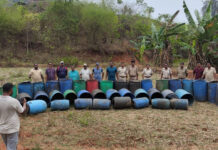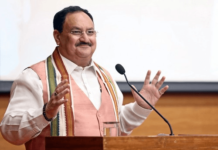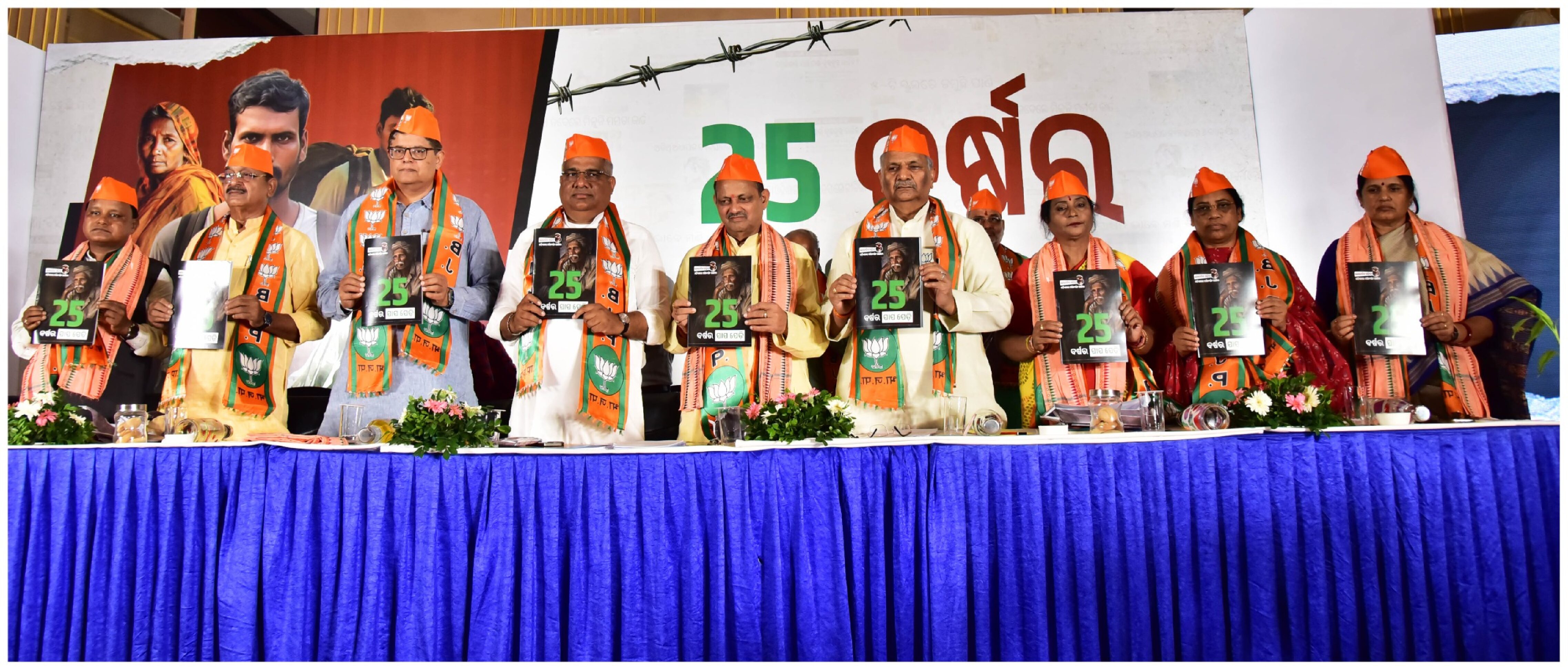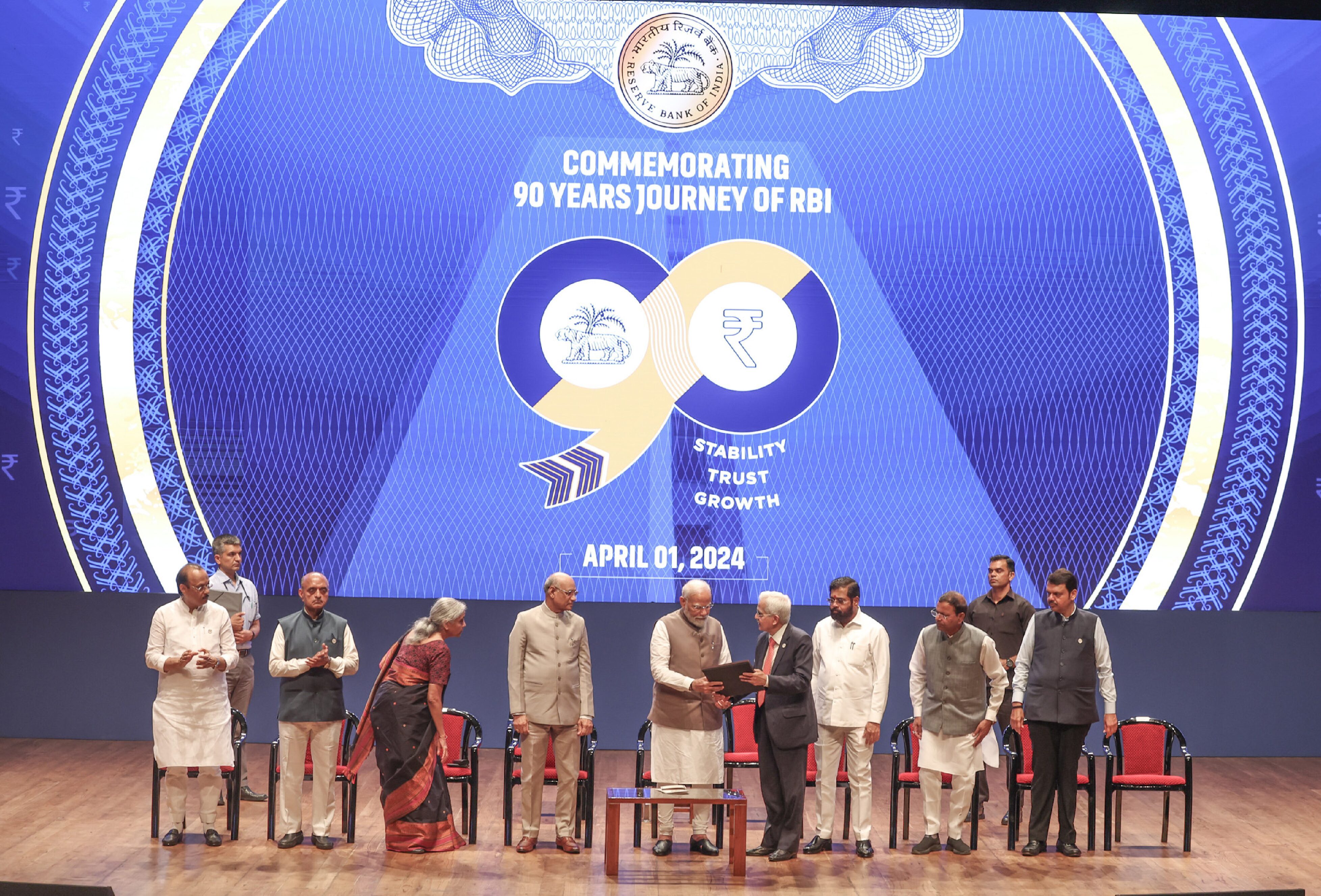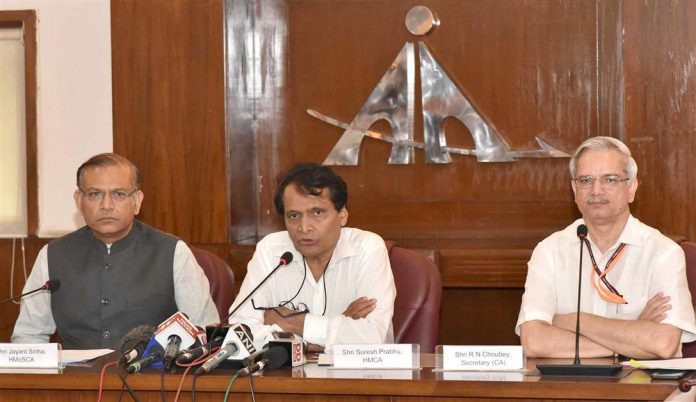Drones are a technology platform which has wide-ranging applications from photography to agriculture, from infrastructure asset maintenance to insurance. Drones range in size from very small and those that can carry multiple kilograms of payload.
The Ministry of Civil Aviation has been working for several years to establish a world leading drone ecosystem in India. To that end, it was necessary to develop global standard drone regulations that would permit, will appropriate safeguards, the commercial application of various drone technologies. The preparation of these drone regulations through a Civil Aviation Requirement (CAR) has taken multiple years because: (1) drone technologies have been evolving very rapidly; (2) many countries are still experimenting with their drone regulations and no ICAO stands have been developed; and (3) India’s security environment necessitates extra precautions.
Instead of simply digitizing a paper-based process for registering and operating drones, India has formulated an all-digital process. The Digital Sky Platform is the first-of-its-kind national unmanned traffic management (UTM) platform that implements “no permission, no takeoff” (NPNT). Users will be required to do a one-time registration of their drones, pilots and owners. For every flight (exempted for the nano category), users will be required to ask for permission to fly on a mobile app and an automated process permits or denies the request instantly. To prevent unauthorized flights and to ensure public safety, any drone without a digital permit to fly will simply not be able to takeoff. The UTM operates as a traffic regulator in the drone airspace and coordinates closely with the defense and civilian air traffic controllers (ATCs) to ensure that drones remain on the approved flight paths.
The Union Minister of Civil Aviation Shri Suresh Prabhu announced the Drone Regulations 1.0 at a press conference here today. He said, these regulations will enable the safe, commercial usage of drones starting December 1, 2018. Drone Regulations 1.0 are intended to enable visual line-of-sight daytime-only and a maximum of 400 ft altitude operations. Air space has been partitioned into Red Zone (flying not permitted), Yellow Zone (controlled airspace), and Green Zone (automatic permission).
Going forward, the Drone Task Force under the chairmanship of the Minister of State Shri Jayant Sinhawill provide draft recommendations for Drone Regulations 2.0. These regulations will examine, inter alia, the following issues:
- Certification of safe and controlled operation of drone hardware and software,
- Air space management through automated operations linked into overall airspace management framework,
- Beyond visual-line-of-sight operations,
- Contribution to establishing global standards,
- Suggestions for modifications of existing CARs and/or new CARs.
On this occasion, Shri Suresh Prabhu said that, “Today we start an exciting new chapter in India’s aviation history by allowing commercial use of drones. I am sure that many new and exciting applications will emerge that will propel India’s economy forward. Our progressive regulations will encourage a vast Made in India drone industry.”
The Minister of State Shri Jayant Sinha said that, “We want to establish a world-leading drone ecosystem. These regulations firmly place us among the global leaders. Our policy roadmap will certainly provide a strong impetus to all players in the drone ecosystem. We hope that these initiatives will enable us to create a vibrant new industry.”
Key features of Drone Regulations 1.0 are:
Notification of Final Regulations for Civil Use of Remotely Piloted Aircraft System
The Directorate General of Civil Aviation has issued today the Civil Aviation Requirements (CAR) for civil use of Remotely Piloted Aircraft System (RPAS) commonly known as drones. The regulation was developed after extensive consultations among various stakeholders, and will be effective from 1st December, 2018.
As per the regulation, there are 5 categories of RPAS categorized by weight, namely nano, micro, small, medium and large.
Operational/ Procedural Requirements:
All RPAS except nano and those owned by NTRO, ARC and Central Intelligence Agencies are to be registered and issued with Unique Identification Number (UIN).
Unmanned Aircraft Operator Permit (UAOP) shall be required for RPA operators except for nano RPAS operating below 50 ft., micro RPAS operating below 200 ft., and those owned by NTRO, ARC and Central Intelligence Agencies.
The mandatory equipment required for operation of RPAS except nano category are (a) GNSS (GPS), (b) Return-To-Home (RTH), (c) Anti-collision light, (d) ID-Plate, (e) Flight controller with flight data logging capability, and (f) RF ID and SIM/ No-Permission No Take off (NPNT).
As of now, RPAS to operate within visual line of sight (VLoS), during day time only, and upto maximum400 ft. altitude.
For flying in controlled Airspace, filing of flight plan and obtaining Air Defence Clearance (ADC) /Flight Information Centre (FIC) number shall be necessary.
Minimum manufacturing standards and training requirements of Remote Pilots of small and above categories of RPAS have been specified in the regulation.
No Drone Zones:
The regulation defines “No Drone Zones” around airports;near international border, Vijay Chowk in Delhi; State Secretariat Complex in State Capitals, strategic locations/vital and military installations; etc.
Operations through Digital Platform:
Operations of RPAS to be enabled through Digital Sky Platform. The RPAS operations will be based on NPNT (No Permission, No Take off). The details including links for the digital sky platform shall be available in DGCA website from 1st December, 2018. There will be different colour zones visible to the applicant while applying in the digital sky platform, viz, Red Zone: flying not permitted, Yellow Zone (controlled airspace): permission required before flying, andGreen Zone (uncontrolled airspace): automatic permission.
Enforcement Actions:
The enforcement actions are, (a) suspension/ cancellation of UIN/ UAOP in case of violation of regulatory provisions, (b) actions as per relevant Sections of the Aircraft Act 1934, or Aircraft Rules, or any statutory provisions, and (c) penalties as per applicable IPCs (such as 287, 336, 337, 338, or any relevant section of IPC).




















